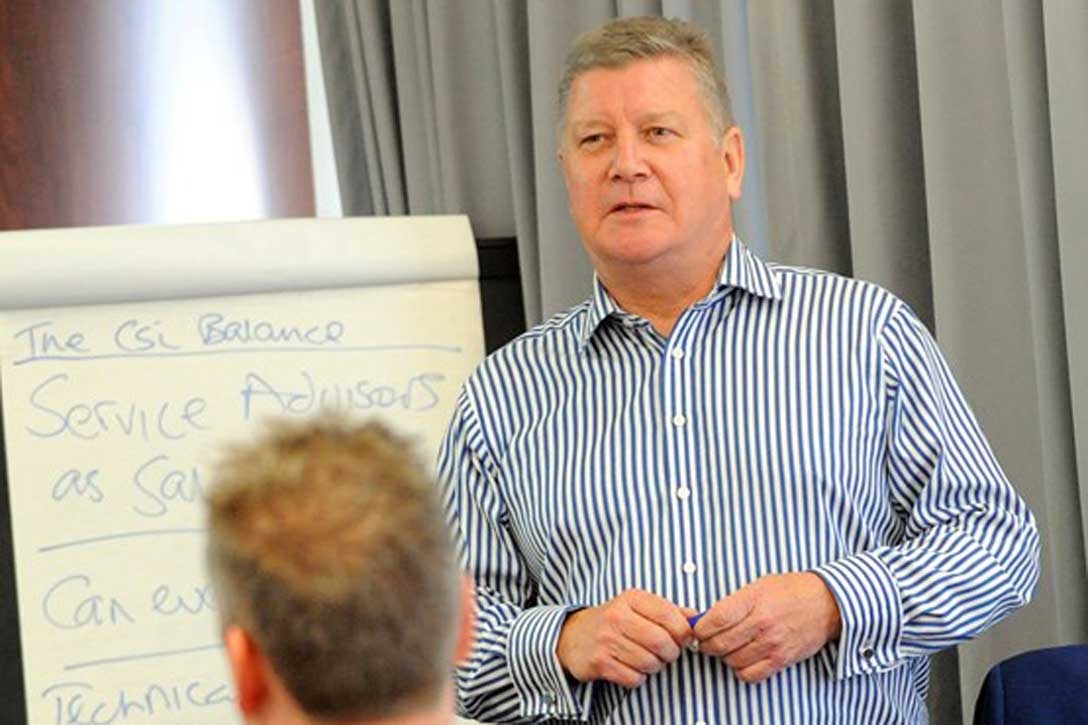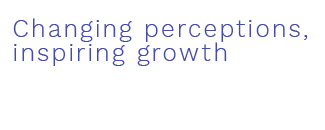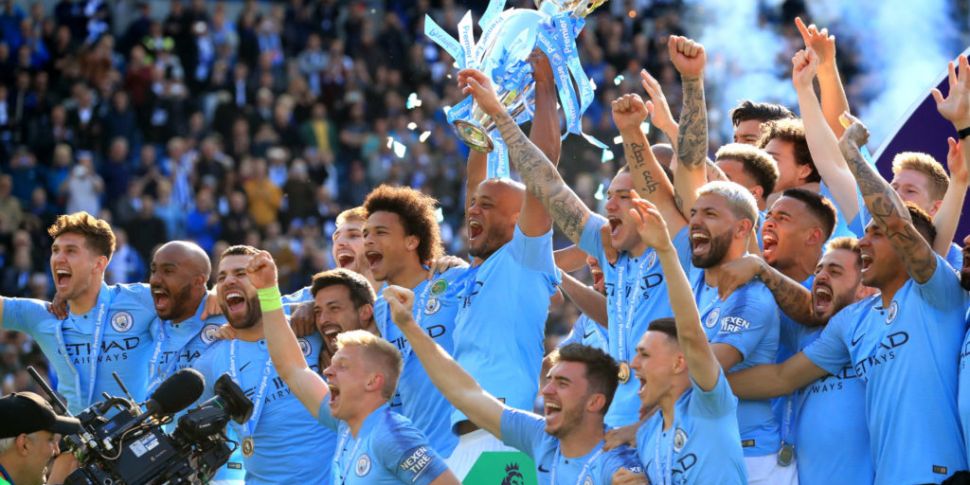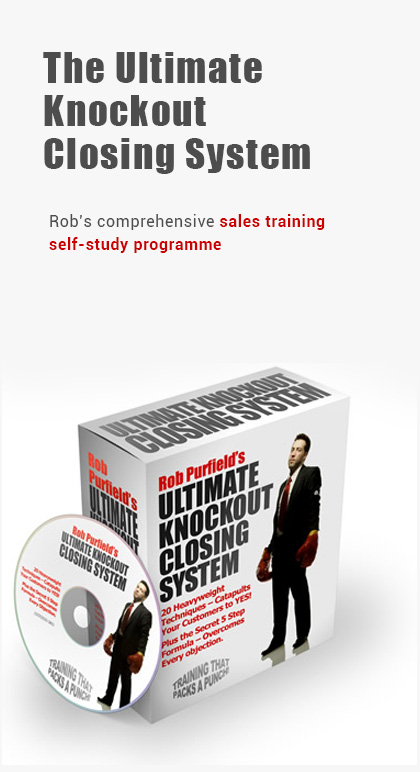The challenge is guiding employees to do the right thing, in the right way, at the right time.
Everybody else is commenting so I thought I should do the same…
For those of you who like football, what an amazing weekend and a great finale to the Premier League. For those of you who don’t like football, the message is the same, and you’ll have to take my word for it with regards to the people I mention next…
Watching the Manchester City – Brighton game this weekend reminded me of a conversation I had recently with regard to Employee Engagement and what makes a great employee and a great team.
When Sergio Aguero felt that he should have had a penalty, it would have not have been unreasonable for him to shrug and smile, because it wasn’t that important. Manchester City were 4-1 up with 11 minutes to play, and were comfortable that they had won the Premier League. But the biggest difference between high quality players and ordinary players is mindset. Aguero displayed his competitive spirit by showing his frustration at not being awarded what he thought was a penalty.
Regardless of your view as to whether or not it was a penalty, the point I am making is the sheer desire for a top-class employee wanting to maximise the potential for him and his company (team).
So, to put this into context, in conversation with a Volvo Dealer Principal, discussing the management challenges of having every employee fully engaged 100%, 100% of the time.
So, in other words, the challenge is not driving the team, the challenge is in controlling the team. The challenge is not pushing employees to achieve more, it’s guiding employees to do the right thing in the right way, at the right time.
Fully engaged employees are often guilty of tantrums and showing their frustration, out of a desire to do what they think is best. The average manager does not hesitate to put employees in their place, remind them who is boss, and over time destroy their spirit. The enlightened leader harnesses the energy, takes the feedback, and works with the frustration. They talk through their decisions and allow other people leeway to use their discretion in implementation, however, this needs to be done within agreed boundaries and any exceptions fully justified.
There is a risk that mistakes may be made, but allowing people to bring their talent to the table, far outweigh such a risk in the long term. From a leadership point of view, managing those risks is a question of trust, guidance and open communication.
To go back to my Manchester City analogy, in their previous game against Leicester, with the clock counting down, and Leicester proving to be stubborn opposition, the break through and winning goal came from an unlikely source. As I understand it, the guidelines from the Manchester City management team are simple ‘If you don’t think you can score, then you should keep possession of the football as a team’. The winning goal in question was scored by a defender not an attacker and was an unbelievable shot from 30 yards. Subsequent reporting suggests all of his colleagues, were shouting ‘don’t shoot!’ but he had the confidence to do what he thought was best and scored the goal that was pivotal in Manchester City becoming champions.
So, my questions this week are; a) have you created a work environment that genuinely allows everyone to bring their talents to work? b) do people have confidence to take personal responsibility and understand the ramifications if they go outside of agreed boundaries? c) are you trying to get the best out of your people, or managing the best that they can give you?






Leave a Reply